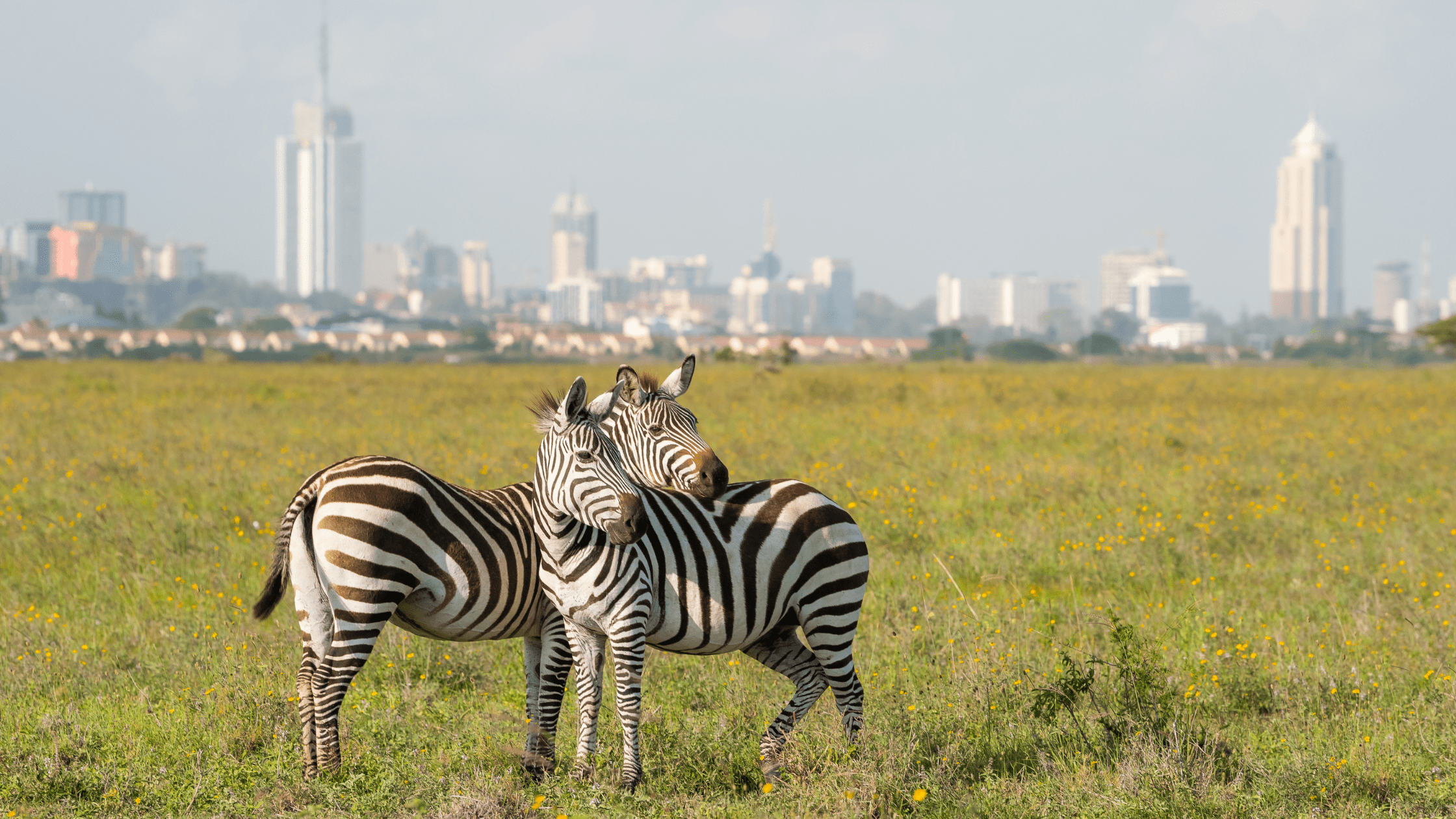
By Sydney Murray, Sustainability Office
Achievements in human development often come at the expense of the natural environment. From metropolitan expansion to the development of agricultural land for food production, environmental conservation efforts have historically conflicted with human “progress.” Over the past 20-30 years, however, the field of conservation has adopted the idea that conservation and development can coexist without compromise. “That,” Dr. Truman Young argues, “is a pipe dream.”
On Tuesday, Oct. 18 at 4 p.m., Young will give a GCSC Seminar called “Deconstructing the conservation-development paradigm, and reconstructing it in an African savanna.” In this seminar, Young will critique the conservation-development paradigm, and present opportunities for synergistic relationship between natural and human environments that he has observed through years of research in Africa.
Conservationists seek to improve biodiversity in both natural and human-dominated spaces. Unfortunately, this often conflicts with developmental solutions to alleviate poverty in poor communities, especially those of the global south. “Almost everyone I know who is a conservationist is also someone who is very uncomfortable with the fact that there’s poverty in the world, particularly in the developing world,” says Young.
The conservation-development paradigm, which emerged in the 1990s, implies that problems of poverty and environmental degradation can be addressed simultaneously and without compromise. For several decades, this paradigm has defined the relationship between conservation and development, which Young argues is doing irreparable, long-term damage to the conservation movement. “You can have situations that are compromises where both sides feel they’ve achieved something, but neither is fully satisfied,” he says.
Young is working on a long-term project in Kenya in which he observes interactions between wildlife and cattle enclosures, and identifies points of synergy between the two. Identifying these synergies does not change the fact that wildlife and livestock are at odds, Young explains, but rather demonstrates how compatibility can exist as long as we are also honest about inevitable points of opposition. “Most of the world has this human footprint on it, and we shouldn’t run from that” says Young. Rather, we must include human impacts in how we understand ecology.
Young obtained his bachelor’s and doctorate degrees in biology from the University of Chicago and the University of Pennsylvania, respectively. As a plant ecologist, his lifelong dream was to study the alpine plants of his home state of Colorado. “It was a sheer accident that I ended up in Africa,” Young says. But he quickly realized that there was a demand for plant ecology research in a well-established community of wildlife ecologists there, and he conducted his dissertation research on the alpine zone of Mount Kenya. “I got to study my alpine plants, but a very different kind of alpine plants,” Young jokes. Over the next decade, his connections and studies with local wildlife ecologists drew him into this question of livestock and biodiversity compatibility.
Young hopes attendees will understand the conflicts between conservation and development efforts, and possible resolutions of those conflicts. “There’s nothing wrong with valuing biodiversity for its own right,” Young states, “and that can be the basis of how we get into those negotiations of compromise.”
Register and join the seminar on Tuesday, Oct. 18 in room 295 of the Frederick Albert Sutton building (or on Zoom) from 4-5 p.m. to learn more.
